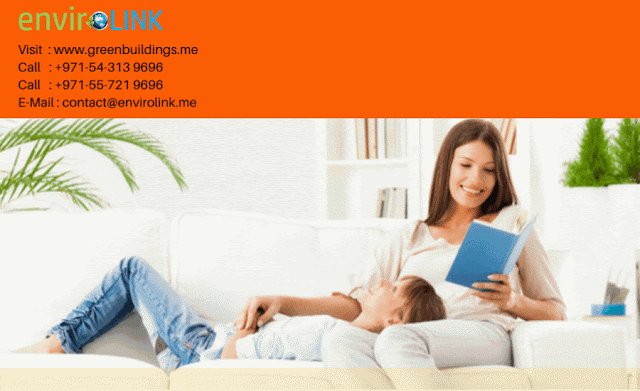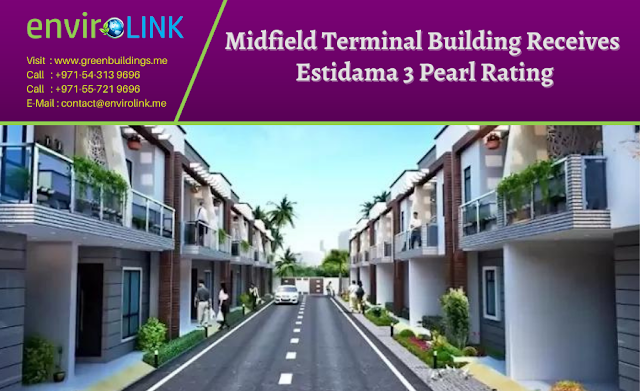HOW GREEN BUILDINGS PROVIDE BETTER INDOOR AIR QUALITY?
Indoor air quality (IAQ) plays a major part in the wellbeing of people residing in the building. A conventional-home-built without green building considerations will have emissions that may impact the health and wellbeing of the individuals. Some of the common-factors that impact the quality of inside air are: -
1. VOC emissions from indoor finishes such as coatings/paints, sealants & adhesives, formaldehyde emission from furnished products other;
2. Contaminants in the best quality air supplied by mechanica- ventilation-systems;
3. Air pollution due to usage of tobacco-products inside the building in a mechanical ventilated-space;
4. Pollutants accumulated in the mechanical-ventilation-systems such as ducts, FCU/BCU, VAV/CAV, AHU’s during construction due to poor-practices during construction.All the above mentioned factors affect the quality of indoor air quality which as a output impact the health of the individuals.
HOW GREEN BUILDINGS GIVE BETTER INDOOR AIR QUALITY?
Green Building Standards such as Estidama, LEED & Al Safat emphasize on the quality of air being provided to the residents through different building design considerations. Some of the design considerations in different Green Building standards to improve the quality of air are:
✅ Designing the mechanical ventilation systems as per ASHRAE air quality standards to meet the minimal fresh air needs in order to give continuous supply of fresh inside air the buildings;
✅ Designing the mechanical ventilation systems as per ASHRAE standards with a minimum-separation distance between exhaust air And air intake to prevent the polluted air getting mixed with the fresh air intake by the HVAC systems;
✅ Proper management and maintenance of HVAC systems during their manufacturing, transport, storage & installation-during the construction stage as per SMACNA Indoor Air Quality rules and regulation in order to prevent dust and pollutants getting accumulated in the HVAC systems.
✅ Emphasize on the use of coatings and paints, adhesives and sealants with less VOC contents as per SCAQMD Rule 1168. This SCAQMD rule defines the minimal acceptable VOC content for paints, coatings, adhesives & sealants which can increase the indoor air quality.
✅Restrictions on inside smoking of the building premises to prevent the indoor air getting polluted and setting-up of dedicated smoking-area in order to prevent polluted air mixing with the fresh air;
✅ Designing the building with the aforementioned considerations has a huge positive impact on the inside air quality of the building. Studies show that green buildings have a fresh indoor quality when compared to conventional buildings.
We at Envirolink promote indoor air quality of buildings through different green building certification such as Estidama, LEED & Al Safat certification program for the buildings. Envirolink expert have great understanding and experience of sustainable building designs. Envirolink experienced staffs are well versed in the practical and cost effective application of green building standards such as LEED, Estidama and Al Safat considering the unique environment and context of the different part of world. The globally experience of the Envirolink expert nurtures successful implementation of the green building certifications such as Al Safat, LEED, Estidama Certification consultancy in Dubai, UAE.


.png)

Comments
Post a Comment